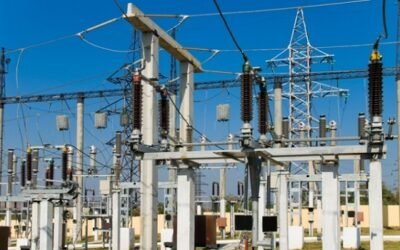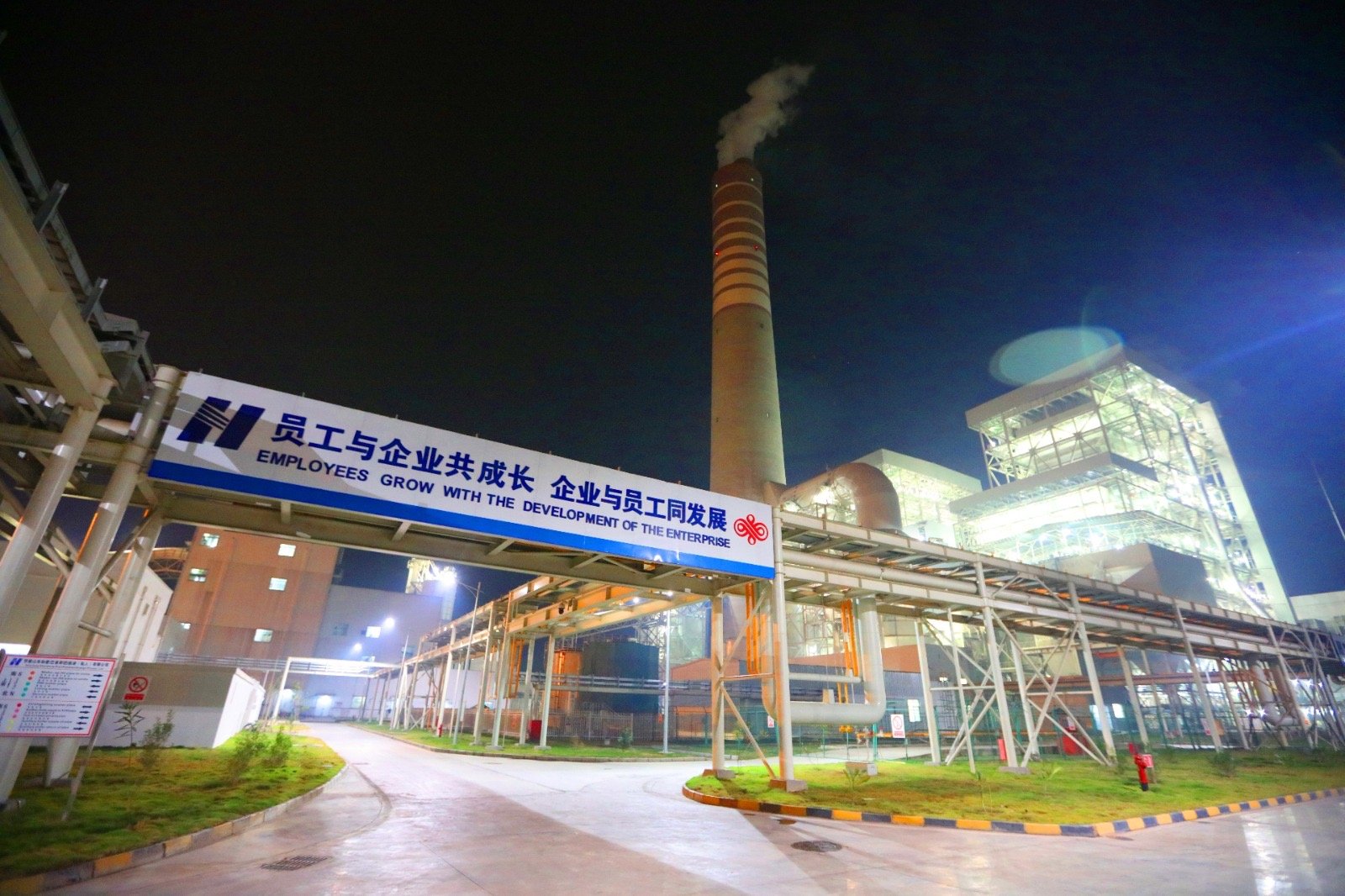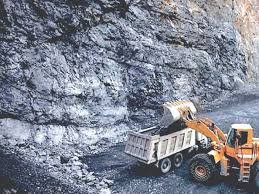Staff Reporter
Sahiwal
Energy is more than just electricity it is the foundation of financial growth, investor confidence, and national prosperity. A few projects in Pakistan illustrate this truth as powerfully as the Sahiwal Coal-Fired Power Plant. Commissioned in record time, the 1,320 MW facility has become far more than a reliable source of energy.
It has provided financial stability when Pakistan needed it most and continues to serve as a bridge to the renewable future, demonstrating how strong financial models in one era can open doors for sustainable investments in the next.
When Pakistan faced crippling power shortages, the economy was under strain. Factories closed, businesses scaled down, and investors hesitated. The launch of the Sahiwal Power Plant was a decisive moment, providing reliable electricity supply while restoring investor and industrial confidence
This stability was not just technical it was financial: Businesses could plan ahead without the risk of energy disruptions. Industrial production rose, feeding into higher revenues and tax contributions. Employment opportunities expanded, stimulating consumer spending. By stabilizing the energy supply, Sahiwal stabilized the financial pulse of the nation.
One of the most important financial lessons from the Sahiwal project is predictability. The plant has consistently delivered high efficiency and reliable output, ensuring steady electricity for millions of households and industries. It means stable costs for industries, which can now compete better in regional markets, confidence for policymakers, who can rely on a consistent energy supply when planning budgets and national growth targets, trust among international stakeholders, seeing Pakistan deliver on large-scale infrastructure with professionalism. This predictability forms the backbone of the financial bridge to future energy investments.
Perhaps the greatest legacy of the Sahiwal project lies in the trust it has built. Large-scale infrastructure requires not just money, but confidence, confidence that the project will be completed on time, run efficiently, and deliver the promised results. Sahiwal plant proved all of this. It demonstrated that Pakistan can host, manage, and sustain world-class energy projects. That success story has given Pakistan the credibility it needs to attract further investment in the renewable sector.
In this way, the Sahiwal Power Plant functions as more than just an energy provider, it acts as a financial bridge for Pakistan. By delivering consistent and reliable electricity, the project reassures investors that Pakistan is a trustworthy destination for capital. It also demonstrates to policymakers how strong financial structures can generate long-term value for the economy. Most importantly, by providing stability in the energy sector, the plant creates the necessary conditions for renewable projects to flourish, as investor confidence grows in an environment of dependable power supply.
While coal is not the ultimate goal, the Sahiwal project has given Pakistan valuable time and financial breathing space to expand solar, wind, and hydropower generation. Without this stability, it would have been difficult for the country to attract the scale of financing required for renewable energy projects.
The lessons learned from Sahiwal directly inform the path forward for clean energy development. Strong contractual frameworks establish financial security for green investors, reliable operations build trust in long-term projects, and proven delivery capacity reassures global partners that Pakistan can transform plans into tangible results. In short, the financial discipline demonstrated by Sahiwal has laid the groundwork for a future powered by renewable energy.
Every kilowatt-hour generated at the Sahiwal Power Plant directly contributes to Pakistan’s financial health. By ensuring a steady and reliable supply of electricity, the plant enables industries to grow, supports the creation of jobs, and strengthens national revenues. This link between energy security and financial prosperity is both immediate and long-lasting, shaping the country’s economic trajectory. From a national perspective, the plant’s impact is far-reaching. Uninterrupted energy supply strengthens GDP growth by fueling production and industrial output. Investor confidence also rises, creating the momentum needed to attract financing for future renewable energy projects. At the same time, energy stability fosters long-term economic resilience, insulating the economy against volatility and uncertainty.
On a broader scale, the plant’s contributions extend well beyond energy supply. Stable electricity underpins GDP growth by sustaining manufacturing and commercial activity without disruption. At the same time, the reliability of operations instills confidence among investors, encouraging capital inflows and paving the way for future renewable ventures. This stability also strengthens Pakistan’s capacity to withstand external shocks, creating a more resilient and secure economy. The connection between reliable energy and financial well-being is not only immediate but also enduring, shaping the nation’s development path for years to come.
This is why Sahiwal stands as more than just an energy project. It is, in essence, a financial instrument of national growth an engine driving both present prosperity and the foundation for a more sustainable energy future. The Sahiwal Power Plant is often described as a project of necessity, but its real legacy is opportunity. It gave Pakistan energy security when it was most needed, restored financial confidence in the economy, and built the credibility required to attract future investment.
Today, it stands not only as a coal-fired plant but as a symbol of financial bridging a project that has linked Pakistan’s immediate energy needs with its long-term renewable ambitions. By proving that stability, predictability, and prosperity can emerge from disciplined energy investments, Sahiwal Power Plant has laid the financial foundations for a cleaner and greener future. In every respect, it remains a bridge of progress: from darkness to light, from uncertainty to stability, and from dependence to renewable independence.






